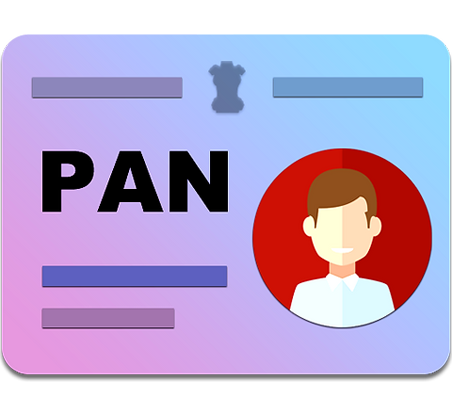
tabular comparison of key points for individual salaried persons to consider when filing income tax returns for Assessment Year (AY) 2025-26 (Financial Year 2024-25) under the New Tax Regime and Old Tax Regime
Posted on: 18 May, 2025
Below is a tabular
comparison of key points for individual salaried persons to consider when filing income tax
returns for Assessment Year (AY) 2025-26
(Financial Year 2024-25) under the New Tax Regime and Old Tax
Regime in India, presented in both Hindi and English.
The contact numbers for
tax advice is 70-33333-260; 99999-38924 . The information is based on recent
finance bill.
English
Version
|
Aspect |
New
Tax Regime |
Old
Tax Regime |
|
Basic Exemption Limit |
₹4,00,000 (No tax up to this
amount) |
₹2,50,000 (No tax up to this
amount) |
|
Standard Deduction |
₹75,000 for salaried individuals |
₹50,000 for salaried individuals |
|
Tax Slabs |
- ₹0 - ₹4,00,000: 0% - ₹4,00,001 - ₹8,00,000: 5% - ₹8,00,001 - ₹12,00,000: 10% - ₹12,00,001 - ₹16,00,000: 15% - ₹16,00,001 - ₹20,00,000: 20% - ₹20,00,001 - ₹24,00,000: 25% - Above ₹24,00,000: 30% |
- ₹0 - ₹2,50,000: 0% - ₹2,50,001 - ₹5,00,000: 5% - ₹5,00,001 - ₹10,00,000: 20% - Above ₹10,00,000: 30% |
|
Tax-Free Income for Salaried |
Up to ₹12,75,000 (with standard
deduction and rebate u/s 87A) |
Depends on deductions claimed; no
specific nil tax slab like new regime |
|
Rebate u/s 87A |
Full tax rebate for taxable income
up to ₹7,00,000 |
Full tax rebate for taxable income
up to ₹5,00,000 |
|
Deductions/Exemptions |
Limited: - Standard deduction
(₹75,000) - Family pension (₹25,000) - NPS (u/s 80CCD(2)) |
Multiple: - Standard deduction
(₹50,000) - 80C (₹1,50,000) - 80D, HRA, home loan interest |
|
Surcharge Rates |
Maximum surcharge capped at 25% |
10% (₹50 lakh - ₹1 crore), 15% (₹1
crore - ₹2 crore), 25% (₹2 crore - ₹5 crore), 37% (above ₹5 crore) |
|
Form 10-IEA Requirement |
Mandatory for business income;
optional for salaried |
Required to opt for old regime |
|
HRA Exemption |
Not available |
Available based on rent, salary,
city |
|
Simplicity of Filing |
Simpler, fewer deductions |
Complex due to multiple deductions |
|
ITR Forms |
ITR-1 (up to ₹50 lakh), ITR-2/3
for complex cases |
Same, but ITR-2/3 for multiple
deductions |
|
Filing Deadline |
July 31, 2025 (non-audit cases) |
July 31, 2025 (non-audit cases) |
|
Key Consideration |
Ideal for incomes up to ₹13 lakh
or minimal deductions |
Better for high deductions (80C,
HRA, home loan) |
Key
Points to Consider When Filing (English):
- Choose Regime: Compare tax liability; new
regime is default, but old regime suits high deductions.
- Form 10-IEA: File to opt for old regime or
new regime (business income).
- Standard Deduction: Claim ₹75,000 (new) or
₹50,000 (old).
- Rebate u/s 87A: Check eligibility for tax
rebate up to ₹7,00,000 (new) or ₹5,00,000 (old).
- Documentation: Keep Form 16, rent receipts
(old regime), investment proofs ready.
- ITR Form: Use ITR-1 for simple cases,
ITR-2/3 for complex ones.
- Deadline: File by July 31, 2025, to
avoid penalties.
- Scrutiny: Ensure deductions (old
regime) are valid to avoid tax officer queries.
Additional Notes:
- The new regime is simpler and
beneficial for those with incomes up to ₹13 lakh or minimal deductions.
The old regime suits individuals with significant deductions like 80C,
HRA, or home loan interest. Verify calculations using the Income Tax
Department’s calculator or consult a professional.
- For Tax Advice,
Contact:Phone: +91-70-33333-260,
+91-99999-38924
- Note: Consult a tax
professional for personalized advice.




Comments (0)
Post Your Comment